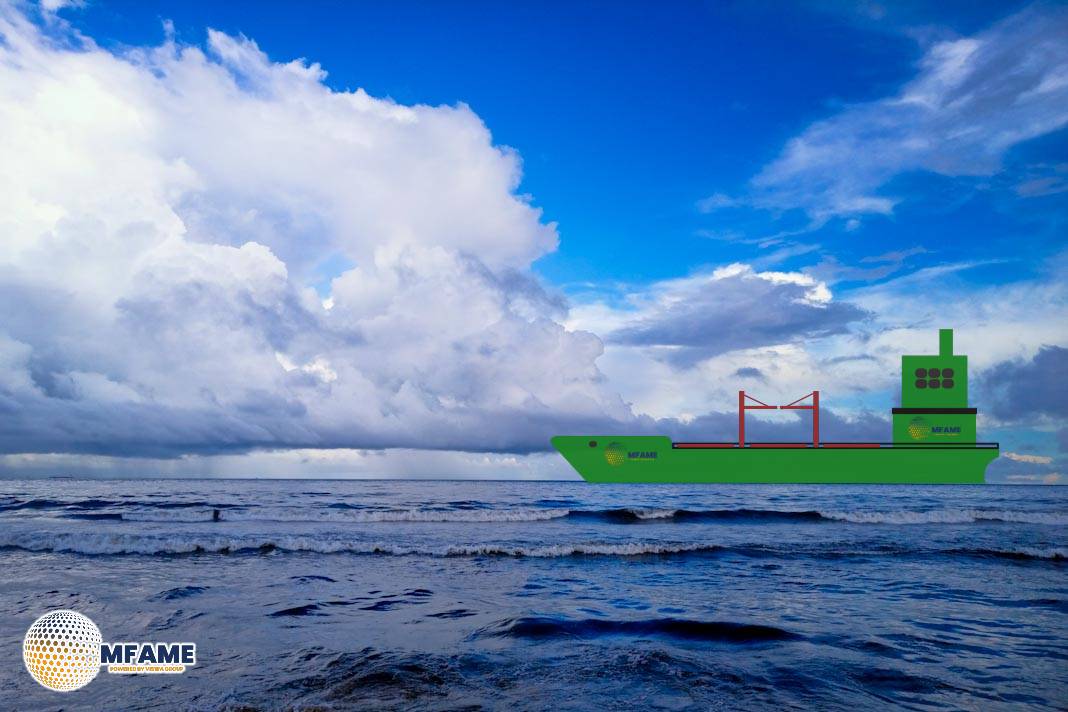- New MARPOL Annex VI data requirements will take effect on August 1, 2025, requiring ships to collect detailed fuel consumption data by consumer and operational status.
- “Under way” and “Not under way” must now be distinctly defined in SEEMP Part II, reshaping how fuel and voyage data are reported.
- Shipowners must update SEEMP Part II fuel reporting procedures before 1 January 2026 (or earlier for new deliveries).
Amendments to MARPOL Annex VI Appendix IX come into force on 1 August 2025, introducing a requirement for ships to report additional fuel oil consumption data. This includes consumption by specific consumer types (main engines, generators), fuel types, consumption while not underway, onshore power use, laden distance traveled, installation of innovative technologies, and total transport work, reports Lloyd’s Register.
Under these new rules, fuel data collection and reporting must be updated in SEEMP Part II and reviewed by the flag administration or Recognised Organisation. Existing ships must comply by 1 January 2026, while new ships delivered on or after 1 August 2025 must complete reviews before entering service.
Defining “Under Way” vs “Not Under Way”
Recent IMO SEEMP guidelines clarify that a ship is considered “Under way” only from full ahead on passage (FAOP) to end of sea passage (EOSP). Conversely, “Not under way” includes periods of anchoring, drifting, ship-to-ship transfers, or canal transits that interrupt normal passage.
This distinction mandates that distance traveled and operating hours be recorded only during “under way” phases, requiring a shift from daily to voyage-based reporting methodologies under resolution MEPC.401(83).
Implications for Ship Operations and Compliance
Shipowners and operators should begin early preparations to ensure the necessary systems, equipment, and procedures are in place to meet the fuel data reporting deadline. This includes installing flow meters, bunker tank monitoring systems, or approved secondary estimation methods if primary equipment is unavailable.
Notably, the IACS Unified Interpretation MPC131 and IMO guidance MEPC.1/Circ.913 stipulate that additional data collection should cover an entire calendar year. Thus, ships collecting existing data before August 2025 must continue consistently through the year.
Action Steps for Stakeholders
- Update SEEMP Part II templates to reflect revised definitions and data collection procedures.
- Install or commission fuel measurement systems (e.g. flow meters, tank monitors) before the compliance deadline.
- Submit revised SEEMP Part II for flag or Recognised Organisation review ahead of the specified deadlines to ensure regulatory approval.
Did you subscribe to our daily Newsletter?
It’s Free Click here to Subscribe!
Source: Lloyd’s Register
















